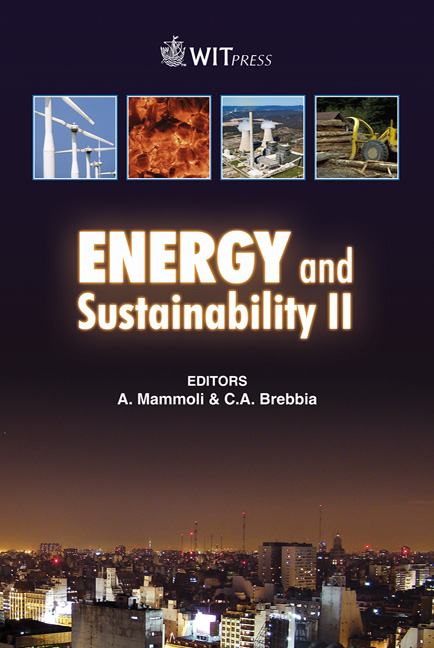Biomass Refineries: Relationships Between Feedstock And Conversion Approach
Price
Free (open access)
Transaction
Volume
121
Pages
14
Published
2009
Size
612 kb
Paper DOI
10.2495/ESUS090041
Copyright
WIT Press
Author(s)
J.-M. Lavoie, M. Chornet & E. Chornet
Abstract
For conversion purposes, biomass can be classified into three main categories: homogeneous biomass (ex.: corn grains), quasi-homogeneous biomass (ex.: forest residues, straws and plantations in marginal lands) and non-homogeneous biomass (ex.: mixed forest residues, MSW, etc.). In North America homogeneous biomass costs (FOB plant) are over 100 $US/tonne in 2009 (anhydrous basis; 1 tonne = 18 GJ), therefore its conversion to biofuels requires subsidies. As well, alternate and added value uses (food and fibre) compete for such category of feedstock. Quasi-homogeneous biomass, whose cost (FOB plant) 30 - 60 $US/tonne in 2009 (anhydrous basis) for forest residues and straws and estimated between 80 and 100 $US/tonne for plantation biomass (i.e. willows, switchgrass, etc.), is suitable for bio-refineries aiming at co-products biofuels, green chemicals and fibres. However, the availability of large quantities of quasi-homogeneous residual biomass is strongly linked to the existing biomass industrial sector since mills processing sugar cane, corn, wheat and wood also have access to such biomass category whose competing use is the generation of bioenergy (process heat and, in some cases, power). It is however possible to integrate a pre-treatment (a better term is \“fractionation”) of the quasi-homogeneous biomass to produce useful fractions for biofuels, green chemicals and fibres while using the residual fractions for bioenergy. Nonhomogeneous biomass is available in all urban centers of the planet and constitutes a major opportunity for biofuels and green chemicals since its cost is negative (i.e. it is a disposal cost paid by municipalities to landfills or incineration facilities) and a sustainable society ought to aim at zero residues. Non-homogeneous biomass can be prepared and converted into a homogeneous and clean syngas intermediate. The latter contains typically two thirds of the carbon in the feedstock and technologies to convert it into biofuels and green chemicals are being developed. Keywords: biodiesel, biorefineries, cellulose, ethanol, extractible, gasification, hemicelluloses, homogeneous biomass, lignin, quasi-homogeneous biomass, non-homogeneous biomass.
Keywords
biodiesel, biorefineries, cellulose, ethanol, extractible, gasification,hemicelluloses, homogeneous biomass, lignin, quasi-homogeneous biomass,non-homogeneous biomass





